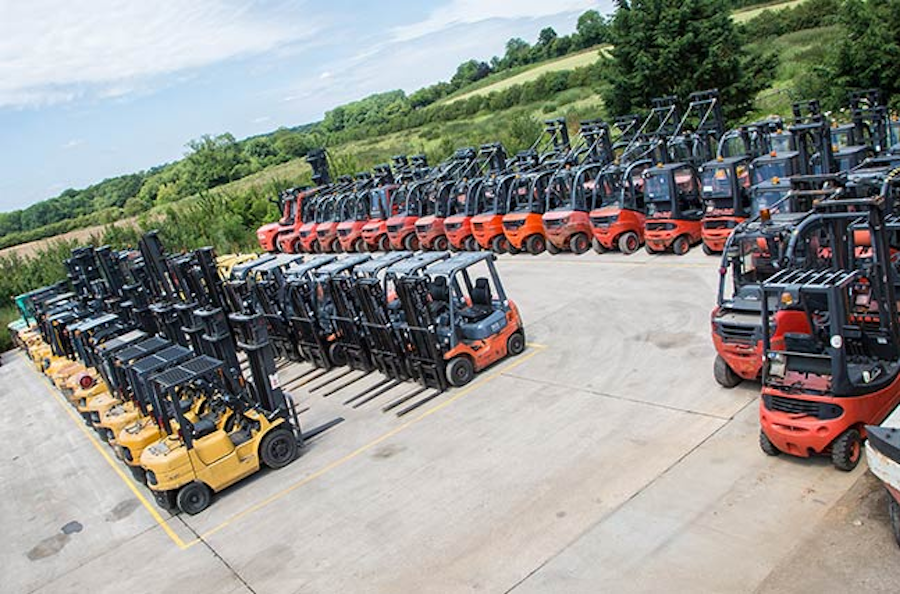News
Another Way to Make an Eco Impact

People often claim that used machinery contributes to pollution and is bad for the environment. In this article I would like to take a different view: that restoring and utilising second hand machinery is an eco-friendly solution, in contrast to today’s throw-away society.
The norm today is to change cars every three years or so, often with the argument that a new one is greener. While this can be true (depending on the vehicle), very few of us consider the environmental impact of buying new – the greenhouse gases created by the production and transportation of the new car, for example. And what happens to the old car? It might be used for another 5-7 years, then sent to the graveyard.
We rarely consider how much we pollute when we buy a new product. We throw away so many replaced products. Very few are utilised again. We might think that if we buy a new phone it will give us a massive technological advantage, but more often than not it will lead to longer screen time and most of it a waste of time.
Over-consumption is to blame for a lot of excessive pollution. We binge-buy a lot of products. Some of them improve our efficiency or enjoyment, but some not so much, and the waste created could easily offset the technological advantages.
Old products are often sent abroad to be recycled. Some will end up in dumping grounds or even in the ocean. Not just phones; all kinds of products that we buy on impulse, not necessity.
I was brought up in a Communist Bulgaria where my family couldn’t afford new things every day. It was like this until my early twenties. I was taught to preserve and to reuse; to keep and care for what I had.
I am sure many grew up the same way, but now as a society things are generally very different in developed countries. If you want something, you can have it now – not tomorrow, but now. If you want to buy new, it’s readily available. All the marketing tells us there’s a new version of the same thing which is bigger, better, shinier. And this fuels the problem. People do not think rationally.
The second hand forklift market is a channel to utilise old machines and continue to get value from machines that might otherwise be discarded. It’s really satisfying to be part of a sustainable system: of restoring and re-using, rather than throwing away and buying new. Distributing second hand forklifts around the world gives me great pleasure knowing that someone else will benefit from a resource that has been restored to working order.
If you think about it, there are few other industries where the lifespan of a product is as long. The average lifespan of a car is 10 years. Phones 1-2 years. Computers up to 3-4 years. In the material handling industry, even after 20 years, a forklift can find a new home and, with a bit of engineering expertise and TLC, can keep on lifting and shifting.
Subscribe
Keep up to date with PHL and all things forklift machinery.